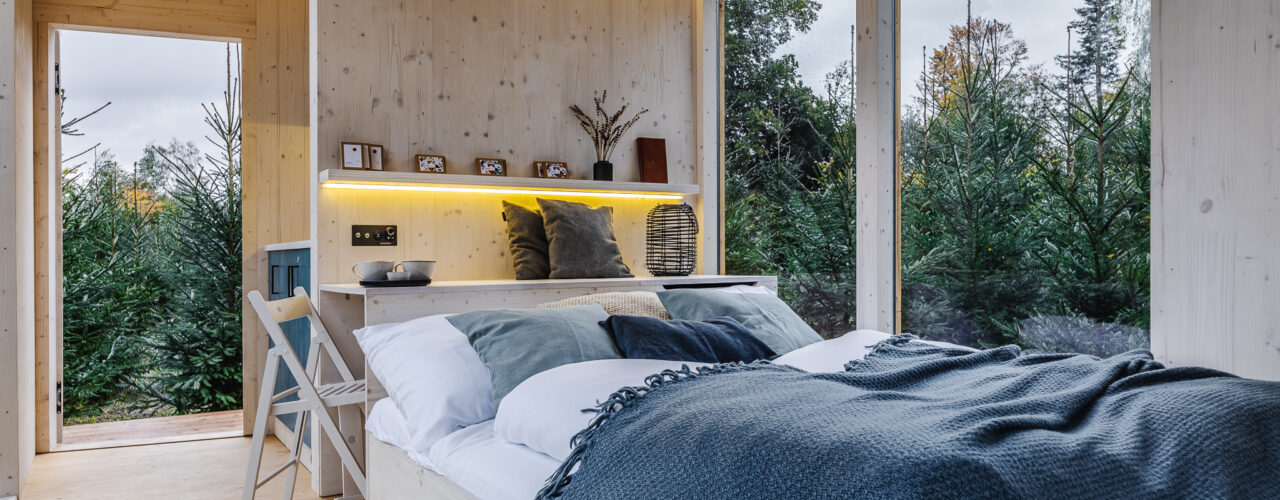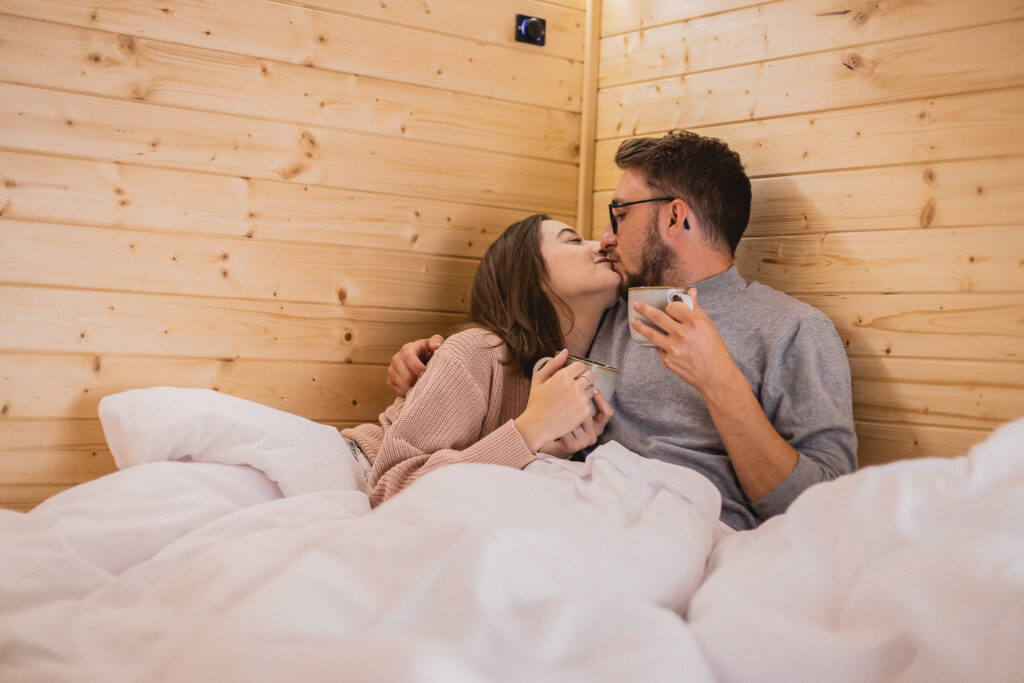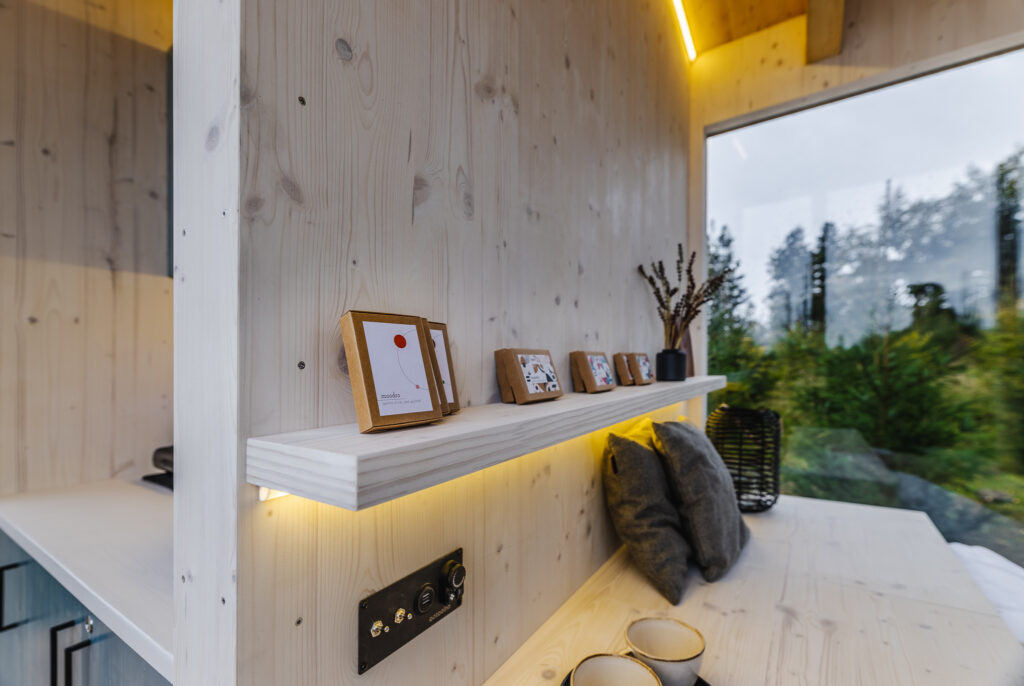
Insomnia affects 35 to 45% of the adult population and is one of the most common sleep disorders. Acute sleep can be caused by stress or a change in environment, while chronic sleep is mainly caused by lifestyle. Excessive caffeine, smoking, alcohol, lack of exercise, shift work or mental problems. Whatever is keeping your mind awake, it’s clear that your body is reacting to it. It follows it and you are then accompanied by a combination of mental and physical discomfort that can escalate over time. So the question is clear, are there any techniques to get us to sleep as quickly as possible?
There are. Let’s introduce some. Ones that are designed to help us relax and whose principles are already known to science.

A technique focusing on muscle relaxation, breathing and mental visualization, taken from the book “Relax and Win: Championship Performance”. It was designed to help US Navy pilots fall asleep within two minutes. It worked. After six weeks of training, they were able to fall asleep even after drinking coffee or with the sound of gunfire in the background.
Lie down on the bed and gradually relax all the muscles on your body. Start with the face, including the muscles inside the mouth. Tighten and then naturally relax. Continue to the shoulders and chest, legs, thighs and calves. Breathe deeply and calmingly as you do this. Do this as many times as you like until you feel completely at ease. Then try to put all thoughts out of your mind and then imagine a relaxing scene for 10 seconds. Floating in a canoe on a calm lake, sitting in an enchanted forest or swinging on a cloud. Whatever you want. If that doesn’t work, the method still recommends repeating the word “don’t think” over and over for another 10 seconds.
A breathing method combining meditation with visualization that reduces anxiety and attempts to set a state of calm in the person. Its roots can be found in the traditional practice of Pranayama.
Lie on the bed and point the tip of the tongue towards the upper palate of the mouth behind the front teeth. Keep it there at all times, pursing your lips if necessary. Exhale deeply through your mouth at first until you have completely emptied your lungs. The following procedure is “mathematical” as the name suggests, do the math in your mind. Inhale through your nose for four seconds, hold your breath for seven seconds and exhale for eight seconds. Repeat the process at least four times. Follow your body. When you feel the relaxation coming on, let your body and mind sleep peacefully.
Progressive muscle relaxation works on the principle of focusing on individual parts of the body in order to bring the whole body into a relaxed state. The basic idea is to tense (but not aggressively), relax and release tension.
Start with the eyebrows. Raise it as high as you can, tensing the muscles in your forehead, and release after five seconds. Concentrate on the tension going away. Squeeze your eyes, release after five seconds and feel the relaxation coming. Continue with your mouth, smiling so that you create tension in your cheeks. Then relax the muscles again. I think you understand the principle. Continue like this for the rest of the body from the head, shoulders, arms, chest, abdomen to the thighs and feet. The overall purpose is to get into as relaxed a body as possible, which will also make it easier to fall asleep.
You don’t have to lie down under a medical machine to get a body scan. Just lie down at home on your bed as it is a similar relaxation technique to Progressive Muscle Relaxation. It promotes better quality sleep by making you progressively aware of the different parts of your body. By consciously focusing on each part, you get your body under control and can get into a resting mode more quickly.
The body scan should be done really slowly, the whole activity will take you up to twenty minutes. Leave each part only when you feel it really free of tension. Start again at the head and work up to the toes.
Visualization is a great mental exercise for calming a frazzled mind. It engages your brain differently, diverting your attention to a chosen relaxing image you create in your head. This will calm your whole body.
You can recall a happy moment in your past and draw that image in minute detail. Or engage your imagination and paint an original environment with the smell of the forest, full of plants, streams, waterfalls, whatever you want. The intention of the whole exercise is to fill your head with something calming and not give a chance to worried thoughts, deadlines and other concerns.

Before you embark on any relaxation technique, you should prepare yourself a little. Sleep hygiene is a well-established practice and it’s definitely worth preparing for sleep an hour beforehand. Slow down with meditation, yoga or a nice bath. Turn off electronics, don’t scroll Instagram right before sleep, and give your bedroom a good dose of quiet and darkness. And a lower temperature, too. Think about your caffeine consumption in the afternoon, as well as the composition of your meals, especially at dinner. There’s no one-size-fits-all approach, which makes it all the more important to find a sleep ritual that works for you. A rested body and refreshed mind will thank you for it in the morning!
Tip: Try sleeping in the middle of peaceful nature! 🙂